Guest Column: Key West Photojournalist in Haiti: Part 3
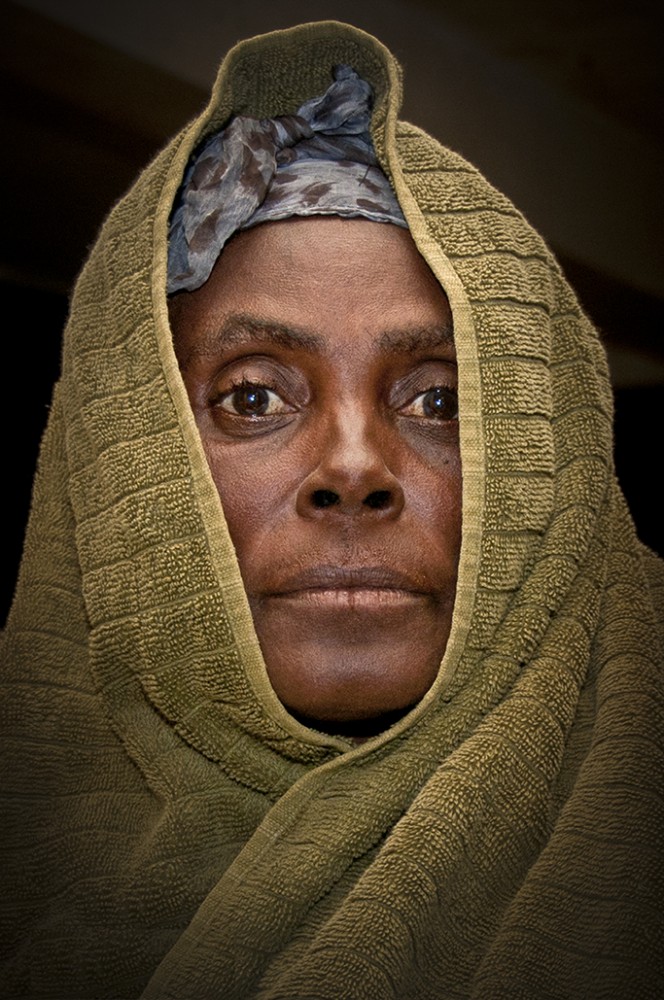
by Jeane Larance……
I ended my last column talking about how I would teach documentary photography to the young people in LaVallée so they could preserve culture. But sitting here, trying to get started on that topic, my heart softens when I think of my first trip, and why I was there. My job is to photograph for the doctors and document construction on the hospital, as it moves toward becoming a full service medical center. I feel as though I am not finished writing about the Hospital St. Joseph, and the doctors, nurses and volunteers. So, I will continue with my reason to be there and try not to bore you with too many details.
I think back to when I first started with Association Haitienne de Développement Humain, Inc (AHDH) when there was one team for the entire mission and now there are two separate teams, with more great doctors, nurses and volunteers. To some it may sound as if the hospital is now well equipped and the doctors have everything they need, but that’s not true at all. The list of needs is very long; it seems like we take two steps forward and three steps back.
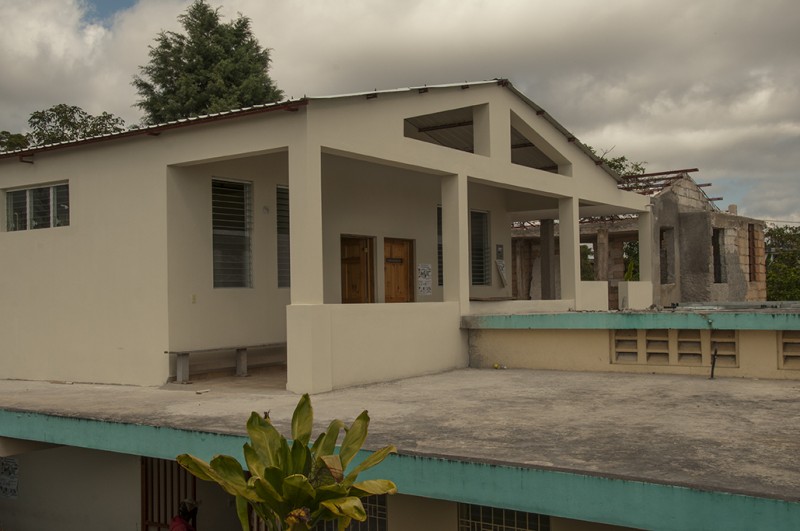
I recall how difficult it was for Michael, the Sonographer, to get an ultrasound machine to the hospital, unbroken. Finally, after several attempts and damaged machines, by the rough road, they made it and he began teaching the first ultrasound classes in LaVallée at the hospital St. Joseph!
I think of one time, when the mission was over and it was time to leave, but there would be no doctor on staff at the hospital. There was nothing that could be done that day and we had to leave. I can only imagine how Dr. René, co-founder of AHDH, must have felt, because I was feeling pretty bad. When we drove out of the village everyone in the van was silent, no one said a word or looked in the direction of the hospital as we passed by; I think we dared not speak lest we cry. I’m sure Dr. René went right to work on the issue when he got to New Orleans, because when we returned to Haiti three months later, the hospital had a Haitian doctor on staff, full-time.
I have always been impressed with AHDH and the doctors and nurses. I’ve watched how they treat their patients. I’ve watched them work into the night with no dinner and not complain, then go to their room only to find they have no hot water for a shower and sometimes no electricity. Still they don’t complain. So you can see how easy it was for them to become my Heroes.
After the earthquake in 2010, the first cholera patient arrived at the hospital. I can feel the air of that evening, like it was yesterday. It was already dark and we were not even close to leaving the hospital when I heard my name being called from out front. I ran, as usual, my camera ready. As I rounded the corner I began capturing images. I knew it was cholera at first sight. I’d never seen it before but I knew this was it. The whole family was there; the husband, son, daughter and several other people. It’s not unusual for the whole family and part of the village to arrive with one patient.
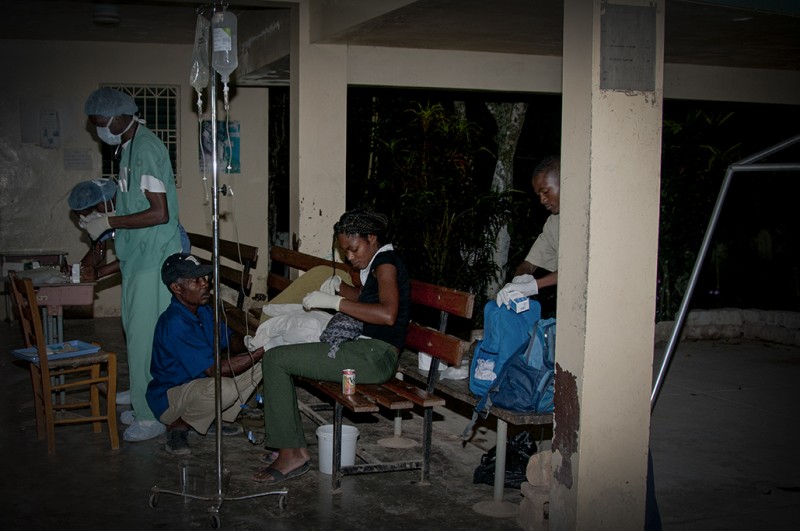
I quickly said to the woman that I was sorry but I had to photograph her for the doctors. She nodded ok and spoke softly to her daughter; the girl said no, but mom said yes. I couldn’t believe it. The mother was near death! Yet she made the girl sit her up and make her presentable for the camera!
I was amazed at the care she was given by the nurses and how quickly the quarantine tent was erected. I spent most of the next week in that quarantine tent with Evans, a male nurse who cared for all of the cholera patients. Unlike some parts of Haiti, there were no deaths at our hospital or in LaVallée. The following week Doctors Without Borders arrived to set up a complete quarantine area.
I think of the father and daughter surgeon team who spent several hours in surgery working tirelessly to save the life of an eight year old boy who was near death, suffering with a perforated bowl from typhoid fever. I was in the operating room while they performed that life-saving surgery. Afterward, the nurses took over, watching him around the clock as he recovered from the deadly infection. Those are just a couple of the miracles that take place at Hospital St. Joseph and I am a witness.
So you can see how deeply involved I am with AHDH. I have been asked many times why I keep going back and I have no real answer. I only know that I am a different person when I return to the United States, and I like that person.
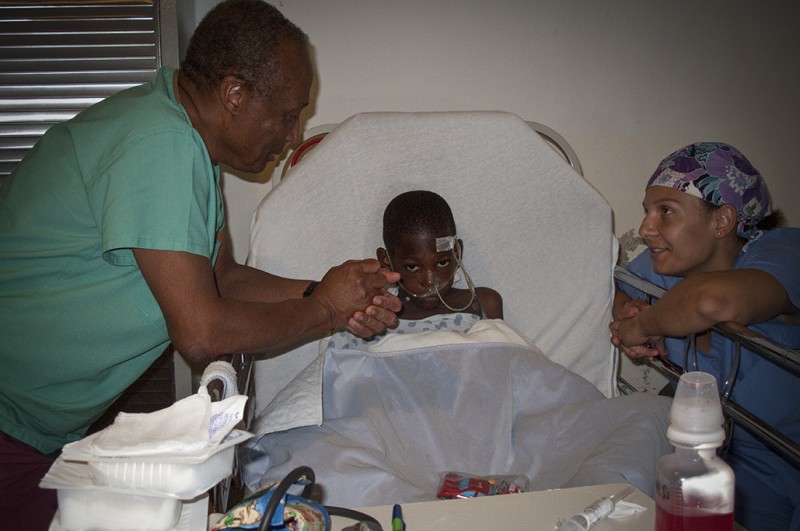
I am hoping that one day the photographer who takes my place with AHDH will be one of my students from right there in LaVallée. But I will leave that as a topic for another column.
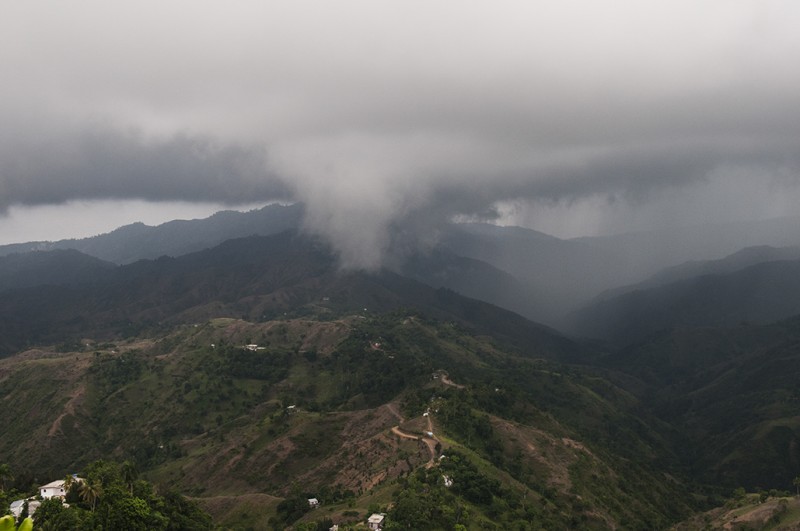
~~~~~~~~~~~~~~~~
All images are copyright property of the photographer, Jeane LaRance and may not be copied or used without permission. More of her work can be viewed on her website.
~~~~~~~~~~~~~~~~~
To see other parts in this series click here.



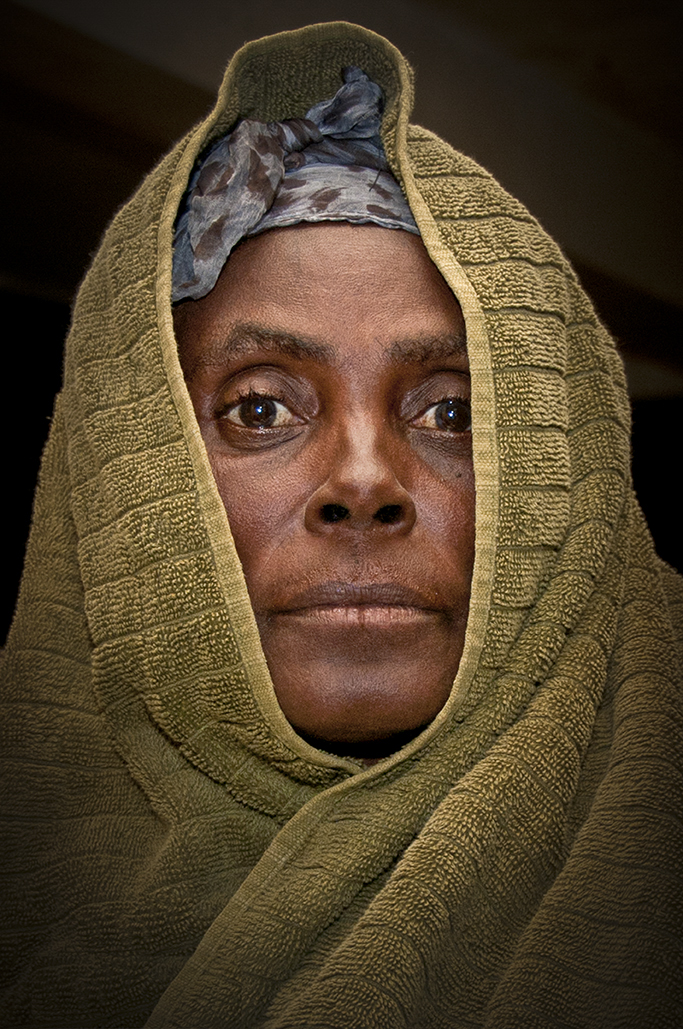
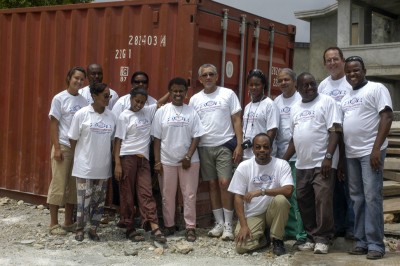
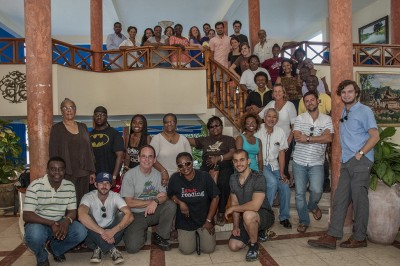
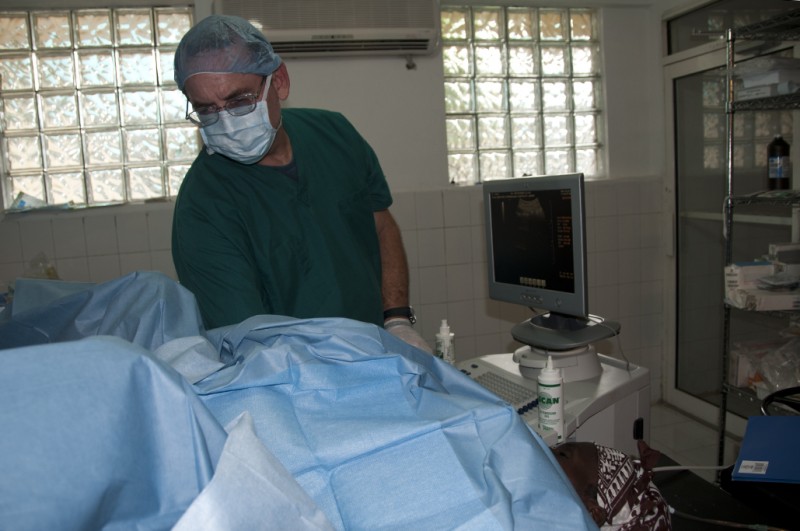
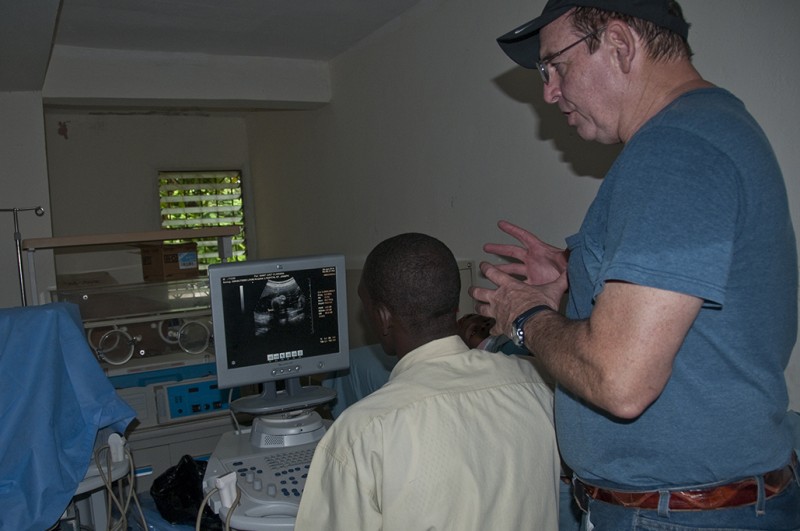
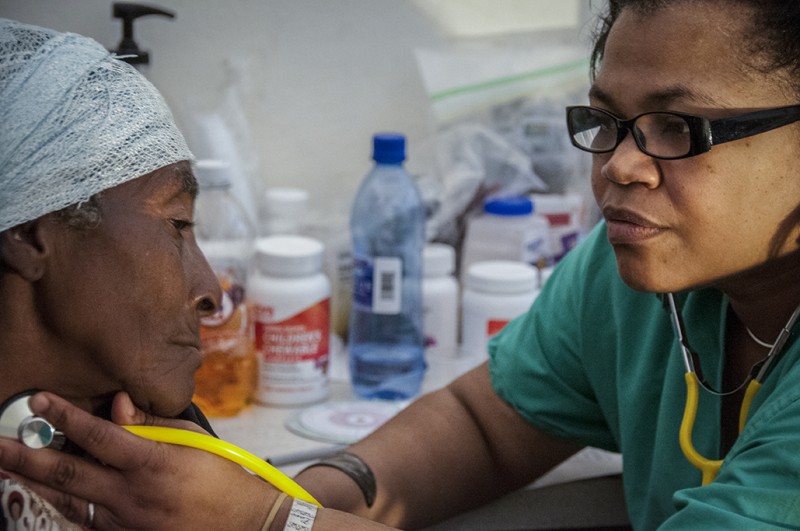
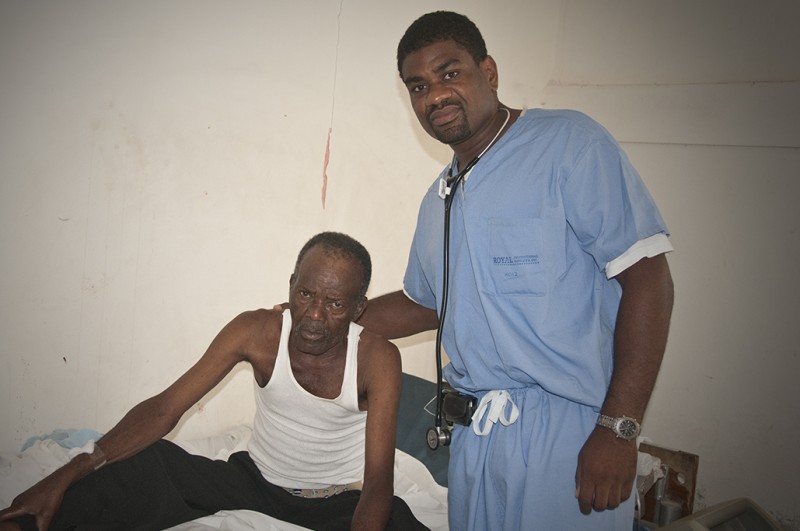
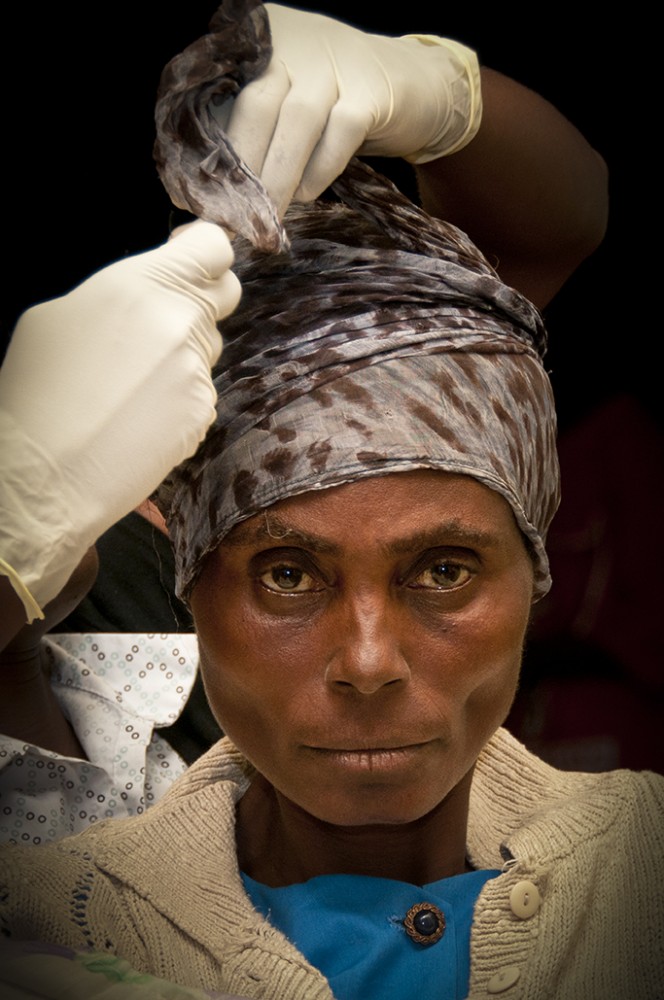

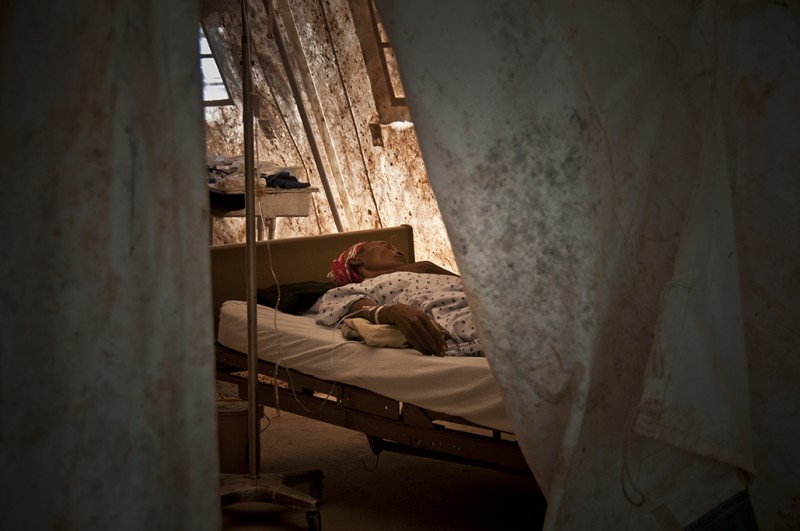
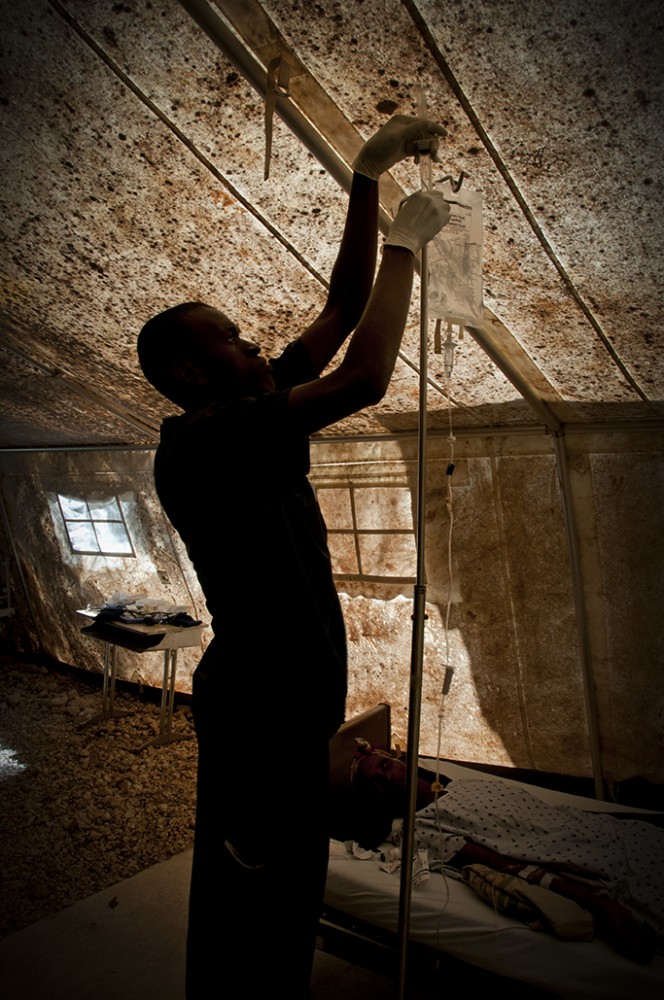
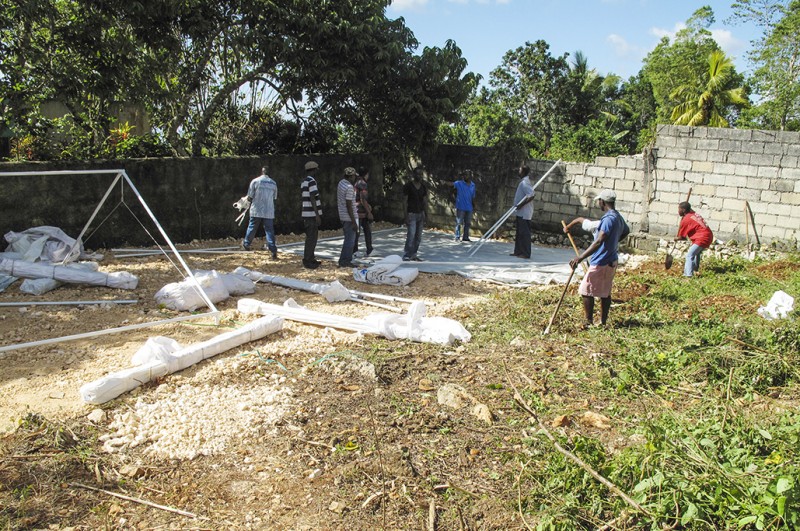

I love your line, “I only know that I am a different person when I return to the United States, and I like that person.” Keep up the good work!
Your photographs are beautiful. They blend brilliantly with your superbly written article. Your story provides an education and in-depth analysis of life in Haiti, while describing the heroics of many caregivers determined to lighten the load of the Haitian people. Thank you…
Thanks Alex and John for your comments. I’ll keep writing as long as I know someone is reading it.